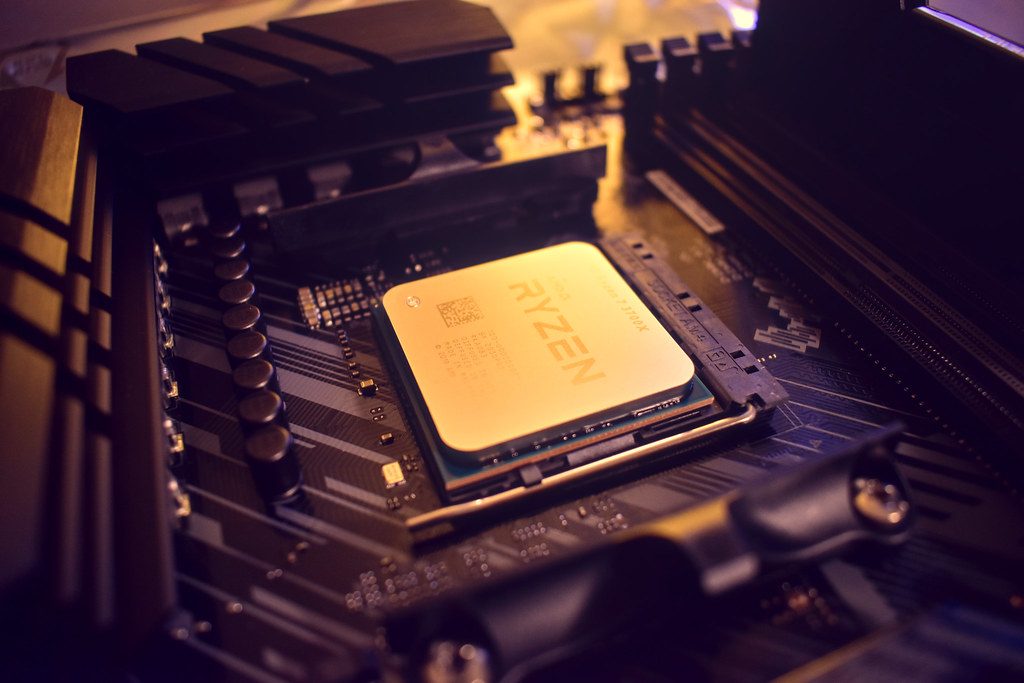Your next CPU upgrade just got a lot more interesting. AMD‘s upcoming Zen 6 architecture reportedly packs up to 24 cores and 48 threads into desktop processors, while jumping straight to TSMC’s 2nm manufacturing process. This isn’t just another incremental update—it’s positioning AMD to deliver what could be a performance boost over Zen 5, despite only increasing core count by 33%.
Desktop Computing Gets a Major Upgrade
AMD’s decision to skip 3nm and move directly to 2nm technology makes sense when you consider the competitive landscape. Intel’s struggling with their own manufacturing transitions, giving AMD a clear window to dominate high-performance computing. The larger L3 cache—potentially 48MB per Core Complex Die—means your applications won’t spend as much time waiting for data, like having your entire music library instantly accessible instead of buffering through Spotify.
Gaming performance should see substantial improvements with these specifications:
- Enhanced cache reduces memory latency during complex scenes.
- Higher core counts benefit streaming while gaming.
- 7 GHz clock speeds could eliminate CPU bottlenecks entirely.
- Improved power efficiency means less heat generation.
- Better multi-threaded performance for content creation workflows.
Content creators who’ve been maxing out their current systems will appreciate the threading improvements. Video encoding that currently takes hours could finish in minutes, while livestreamers won’t need to choose between quality and performance.
“The increase in core count and improvements in per-core performance suggest strong overall performance gains, potentially up to 70% more than Zen 5 with only a 33% increase in core count.”
Intel Faces Its Biggest Challenge Yet
Intel‘s recent struggles with manufacturing delays and architectural limitations create an opening AMD hasn’t seen since the original Zen launch. While Intel’s upcoming Arrow Lake processors promise improvements, they’re still stuck on older manufacturing nodes. Zen 6’s 2nm advantage could give AMD a multi-year performance lead, forcing Intel to compete primarily on price rather than performance.
This architectural leap puts Intel in the uncomfortable position of playing catch-up again, reminiscent of their struggles during the Bulldozer era—except now the roles are reversed.
The Real-World Impact on Your Wallet
These advances come with practical considerations. Based on current Zen 5 pricing patterns, expect flagship Zen 6 processors to launch around $700-800, roughly $100-150 more than equivalent Zen 5 models. The 2nm manufacturing process will likely increase production costs, but the performance gains could justify the premium for users who’ve been waiting to upgrade from systems older than three years.
Cooling requirements will also escalate with these high-performance chips. Your current CPU cooler might not handle 24 cores running at 7 GHz, meaning additional $100-200 upgrade costs beyond the processor itself.
Zen 6 represents AMD’s most ambitious desktop architecture yet, promising to deliver professional-grade performance to mainstream users. The combination of more cores, larger caches, and advanced manufacturing could make your current system feel as outdated as a flip phone in the iPhone era.





























